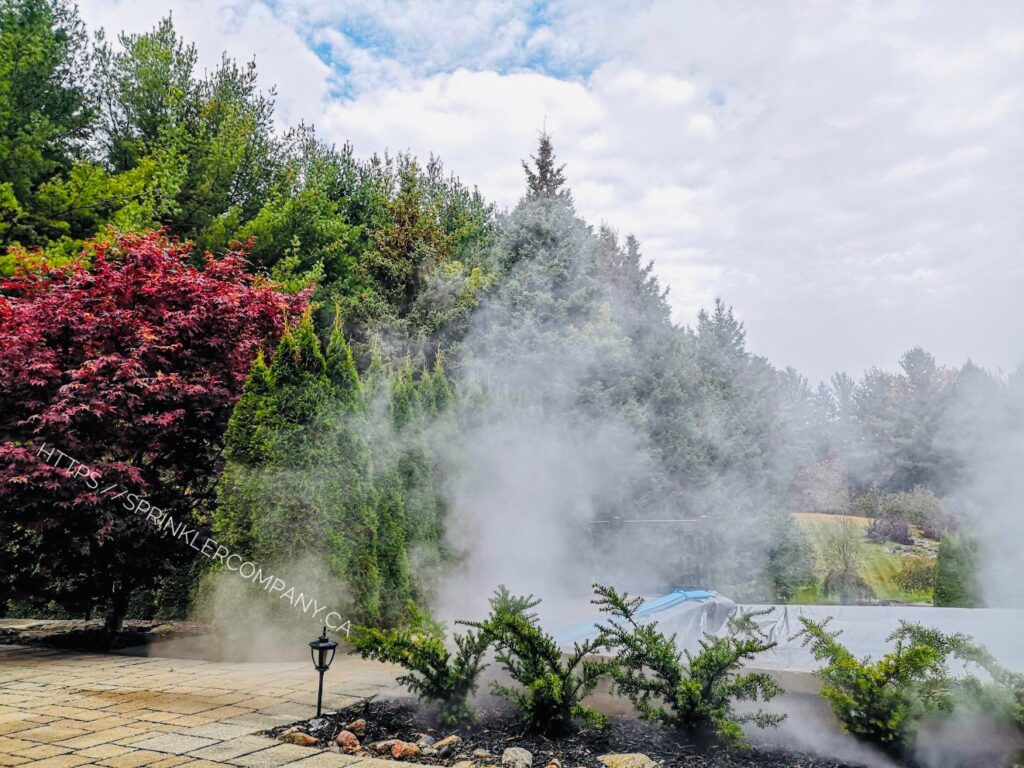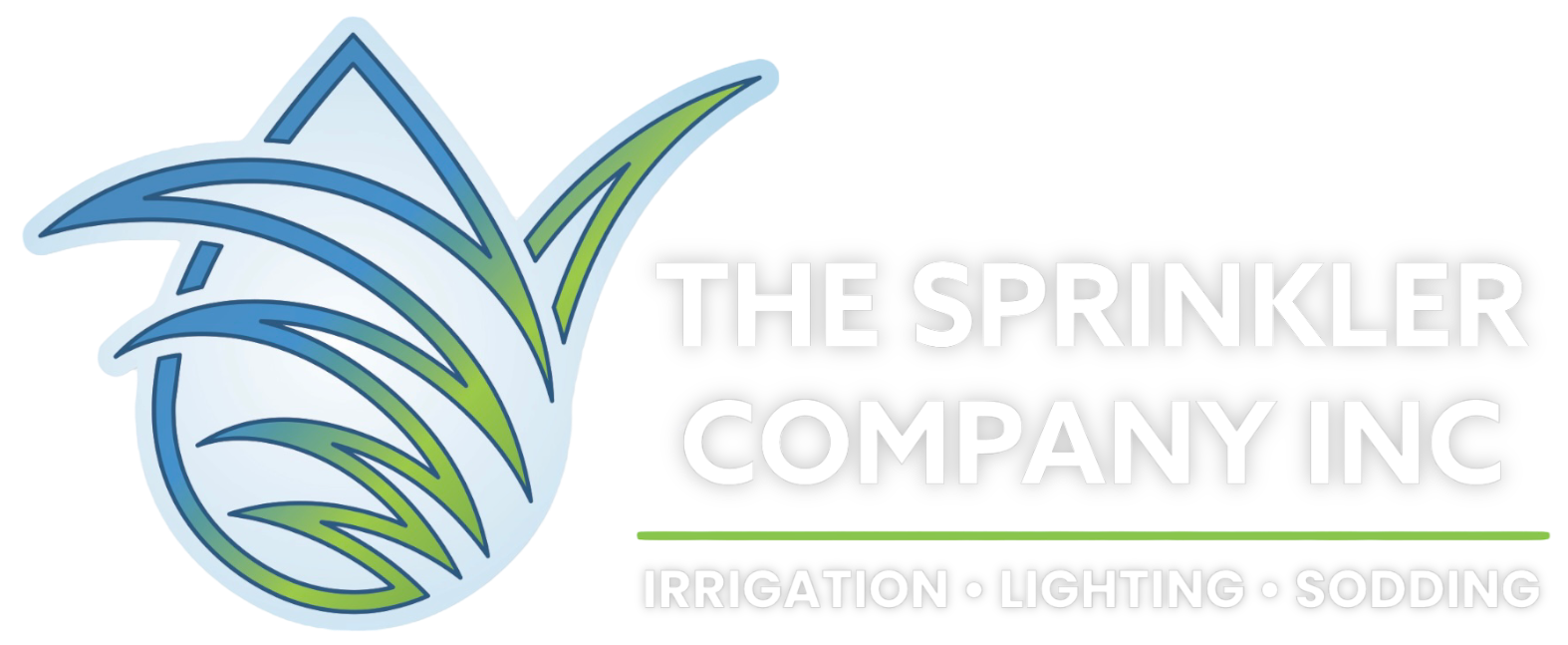Introduction to Sprinkler System Antifreeze - Sprinkler system antifreeze
Sprinkler system antifreeze plays a vital role in protecting fire suppression systems from the detrimental effects of freezing temperatures. As winter arrives, the risk of water inside the sprinkler pipes freezing increases, potentially causing severe damage and rendering the system ineffective. Antifreeze is specifically formulated to lower the freezing point of the water within these pipes, ensuring that the system remains fully operational even in sub-zero conditions. By creating a protective shield against freezing, antifreeze not only safeguards against expensive damage to sprinkler components but also guarantees that the system is always prepared to respond effectively to fire emergencies. In this guide, we will explore the various types of antifreeze, how they function, proper usage, and the critical importance of safety and environmental considerations when working with these essential fire protection additives.
Types of Sprinkler System Antifreeze
In understanding sprinkler system antifreeze, it’s crucial to grasp the diverse types available. Two common categories include glycerin-based and propylene glycol-based antifreeze. Glycerin-based antifreeze, often a cost-effective choice, offers good freeze protection and is less toxic than its counterparts. On the other hand, propylene glycol-based antifreeze boasts superior environmental safety and is widely used in systems requiring non-toxic solutions, such as those in occupied spaces. Each type has its unique advantages and disadvantages, with considerations like cost, toxicity, and freeze protection capabilities influencing the choice. It’s essential to choose the right antifreeze for your specific sprinkler system application, ensuring optimal performance and compliance with safety standards.

How Sprinkler System Antifreeze Works - Sprinkler system antifreeze
Antifreeze reduces the freezing point of water, allowing it to remain in a liquid state at lower temperatures. This prevents water in the sprinkler system from freezing and damaging pipes and components.
Antifreeze facilitates the transfer of heat throughout the system, ensuring that the sprinkler heads can quickly and efficiently release water when needed to suppress fires, even in cold conditions.
Many antifreeze solutions contain corrosion inhibitors that protect the interior of the pipes and components from rust and deterioration, enhancing the longevity of the system.
Antifreeze maintains a consistent viscosity, which means it flows smoothly through pipes and doesn’t become too thick or gel-like, ensuring that the system operates without obstruction.
By continuously monitoring antifreeze levels and conditions, facility managers and fire safety personnel can ensure that the system remains in peak working order, ready to respond to fire emergencies effectively.
Proper Usage and Maintenance - Sprinkler system antifreeze
Proper usage and maintenance of sprinkler system antifreeze are paramount to ensure the reliability and longevity of the fire protection system. Correct application involves precise mixing and monitoring of antifreeze concentrations, adhering to manufacturer recommendations. Regular inspections and maintenance checks are essential to verify that antifreeze levels are within the specified range and that the system remains free from leaks or blockages. Furthermore, vigilant attention to the system’s condition and adherence to safety protocols during any maintenance activities are crucial to prevent accidents and ensure optimal functionality. Regular training for personnel responsible for handling antifreeze and maintaining the sprinkler system is also vital for safe and effective operations.
Benefits of Using a Professional Company
Always wear appropriate PPE, such as gloves and safety goggles, when handling antifreeze. This protects your skin and eyes from potential contact with the chemical.
Work in well-ventilated areas to prevent inhaling fumes or vapors. If working in an enclosed space, use respiratory protection as necessary.
Minimize skin exposure to antifreeze. In case of contact, wash the affected area thoroughly with water and soap. Seek medical attention if irritation or adverse reactions occur.
Have spill response measures in place, including absorbent materials and spill kits, to promptly address any accidental spills. Contain and clean up spills according to local regulations.
Dispose of used antifreeze according to local, state, and federal regulations. Recycling or proper disposal at designated facilities is essential to prevent environmental contamination.
Consequences of DIY Winterization
Water left in the irrigation pipes and components can freeze during cold winter temperatures, causing pipes to crack or burst. This can result in extensive damage to the entire irrigation system.
Inadequately prepared irrigation systems may leak water, wasting resources and increasing water bills. Frozen or damaged components can lead to unintentional water discharge, which can go unnoticed for extended periods.
Without proper winterization, water can remain in the irrigation lines and be released onto plants during freezing temperatures. This can lead to ice buildup on plants, causing damage or even killing them.
Repairing or replacing damaged irrigation components can be expensive. Neglecting winterization can lead to unexpected repair costs that could have been prevented with routine maintenance.
Inefficient irrigation systems that result from not preparing for winter can impact water distribution and coverage in the spring and summer. This inefficiency can affect plant health and growth and require adjustments and recalibrations when the system is used again.
Properly winterizing your irrigation system is essential to avoid these consequences and ensure its longevity and effectiveness in the long run.
